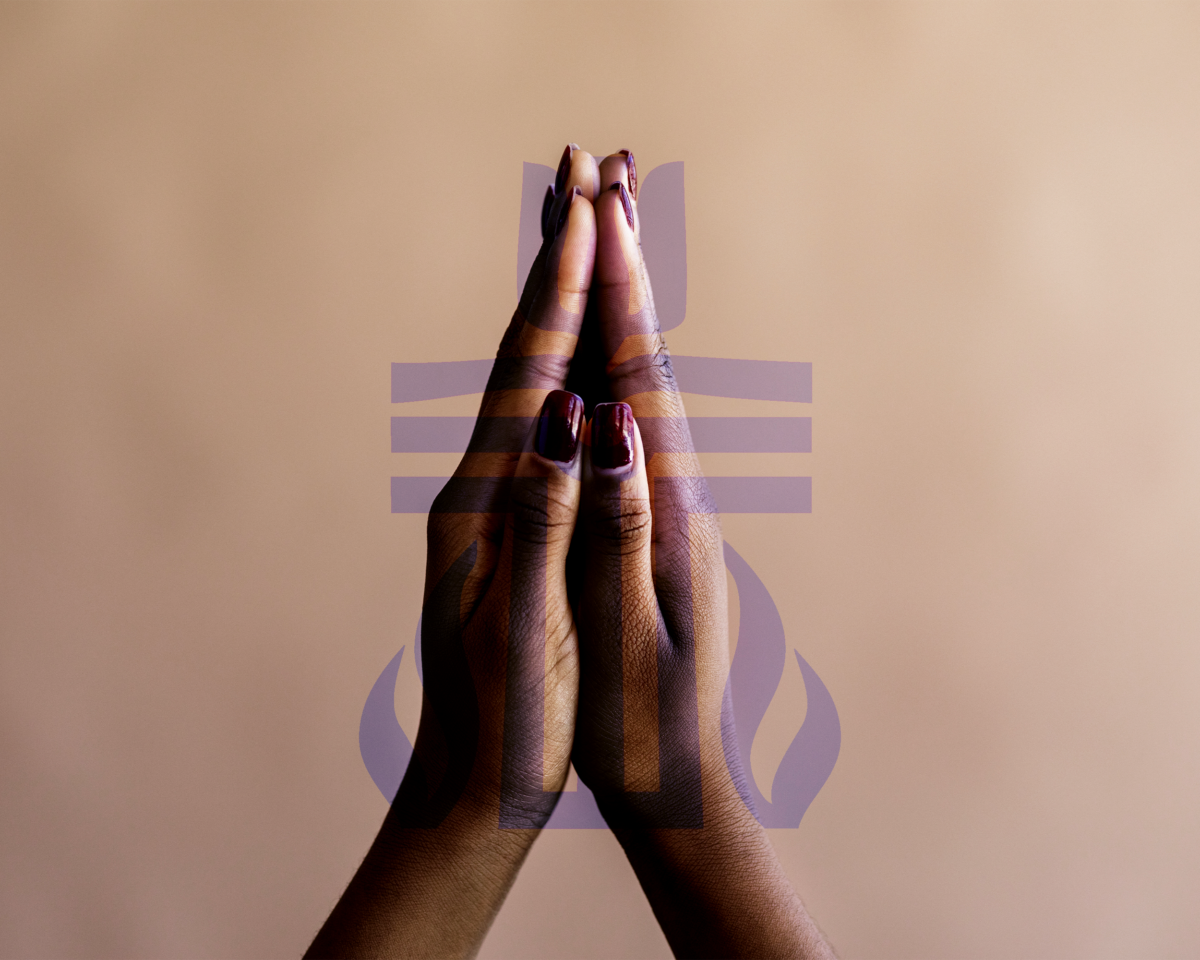The church often speaks to the role of inclusion as foundational; however, people who experience disabilities are often forgotten, ignored, and sidelined by the institution and ministries. This, along with countless other means, is an example of ableism – the discrimination and oppression against a person with a disability. As the church moves forward in its mission of full inclusion, we must be aware of how ableism presents itself in our religious spaces. Here are just 8 Ways Ableism Shows Up in Religious Spaces:
- Physical building
Churches and other religious gathering spaces often lack accessibility for people with disabilities. And if there are forms of accessibility present, they are usually located out of site (spaces in the back of churches, ramps over to the side, etc.). Many times, ableist ideals of aesthetic get in the way of full inclusion of people with disabilities which can hurt, demean, and ostracize a person. How do we bring accessibility out in the open and create a new way of physically creating structures that provide hospitable space for people with disabilities? - Language and rhetoric
“O God allow us to see your kin-dom.” “Hear us, O God.” Often in prayer, song, sermons, and even scripture, language of sense occurs. We experience metaphors of walking with Christ in comparison to discipleship and other examples of ableist language. This language, though subtle, creates exclusive spaces for people who may not be able to see, hear, walk, talk, etc. How do we change our language and rhetoric in religious spaces? - Theology of Burden Carrying
Theological rhetoric that frames a person with a disability’s experience in burden carrying creates unhealthy theologies. A person’s disability may create obstacles, but that is because society has not accommodated and adjusted. In what ways do we change burden carrying theology into healthy, life-giving theologies? - Tokenism
Tokenism is defined as the practice of making only a perfunctory or symbolic effort to do a particular thing, especially by recruiting a small number of people from underrepresented groups in order to give the appearance of equality within society. Churches and religious institutions must be aware that some people with disabilities often are tokenized in their communities. - Faith = healing.
There are stories in scripture that illustrate healing on the basis of faith. These stories are then turned into harmful theologies that tell people that if they have enough faith they will be healed. This could lead to disappointment and trauma. How do we reorient our ideas of healing? Bethany McKinney Fox’s book Disability and the Way of Jesus offers guidance on these conversations. - Lack of Intersectionality
Many people with disabilities are seen only for their disability and not for their entire embodiment. Seeing a person’s entirety brings about different perspectives. How do we really experience the full humanity of a person? - Dehumanization and/or infantilization
Often times, people with disabilities are treated as un-human or as children. Their personhood is demoted and is experienced as less than and unable to contribute to society. Many times we see this in churches through interactions and even through pastoral care. In what ways do churches dehumanize people with disabilities? How do we change these interactions? - Charity instead of empowerment.
Empowering people with disabilities is often overlooked by churches and instead, charity is often lived into. Simple handouts or financial gifts are good, but developing relationships and meeting people where they are is a start to empowerment. How do churches empower people with disabilities?
Just Talk Live aired its Disability and the Church episode featuring Bethany McKinney Fox, Letiah Fraser, and Rosalba Rios. Click here to view.
This Just List was created by the Unbound Team.






Unbound Social